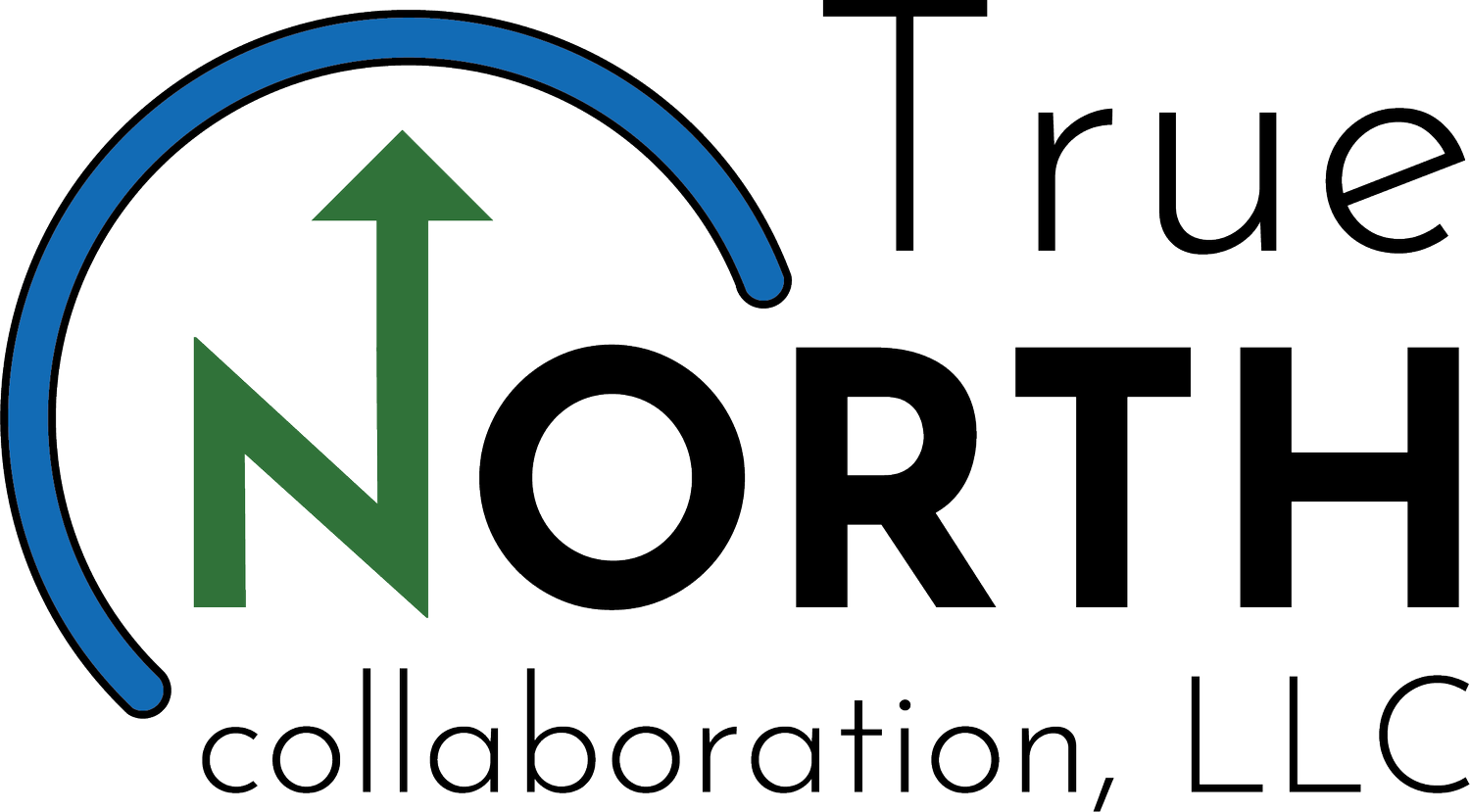Hello out there! Is anyone listening?
Why communication is key to business change.
Implementing organizational transformation is a tough gig. In attempting to make gains in efficiency, save money, or – and this should always be a key goal – creating a better experience for customers, businesses will spend significant amounts of money to change processes and integrate new methods into what they do.
Research from McKinsey says that less than one in three people who have been part of an organization’s transformation say it has been successful at improving a company’s performance or sustaining improvements. At True North Collaboration, we would wager those transformations that fail from day one will have done so, at least in some part, because of a failure in communication.
Far too often, those who sit between the management making the calls and the customer or end user get forgotten: the employees. There are no two ways about it - without employees on side, change will fail.
Communication starts now
It’s never too early to consider the employee engagement elements of a change program. But we know it can be tricky to get it right. After all, your company needs its people for change to be successful, yet it is your people who will feel the impact of change the most.
It follows that spending time in engaging staff is absolutely imperative to a successful change initiative. Before doing anything else, any business about to embark on any sort of change initiative must be able to articulate why it’s happening and the benefits it will bring the business and its customers. Furthermore, consider how you can ensure your employees are on your side: what will it mean for them? Their roles? Their future at the company?
A critical piece of the jigsaw in engaging the staff as a whole are your people managers and your middle management. They will be the ones speaking with their teams on a daily basis, and so it’s vital that they know the messaging, are equipped to answer questions, and can inspire people to come along for the ride and to put their efforts into the work. If your leaders aren’t engaged in the project, then neither will your workforce be…and remember, that lack of engagement will also likely mean limited success.
Communication should be regular. It doesn’t all need to come from the top – hence the importance of people managers – but senior leaders need to be visible, and modeling new behaviors as necessary. Just because the project is so important doesn’t mean it’s not an opportunity to try new things with your dialogue with employees: indeed, how you communicate can mark a change in the organization, and can be almost as important as what you communicate. However you do it, do it frequently – and be open and as honest as you can be in your answers to staff questions.
Change is a scary word and the work can be scary too. Communication is only one element of it – but arguably the most critical, setting the tone of the change from the top, and at the very start. We’ve only scratched the surface.
The team at True North Collaboration have experience in devising and implementing change projects at organizations of all shapes and sizes. Please reach out to discuss how we might be able to help yours karengilhooly@truenorthcollab.com or schedule a free 30 min. discovery call with me.
Learn key insights into employee engagement and the importance of skilled leadership communication by visiting my video resources here.
Here’s a list of some of our most popular resources:
Leading Elevated Conversations
Accelerating Into Leadership
Onboarding Accelerator
Communicating With Influence
